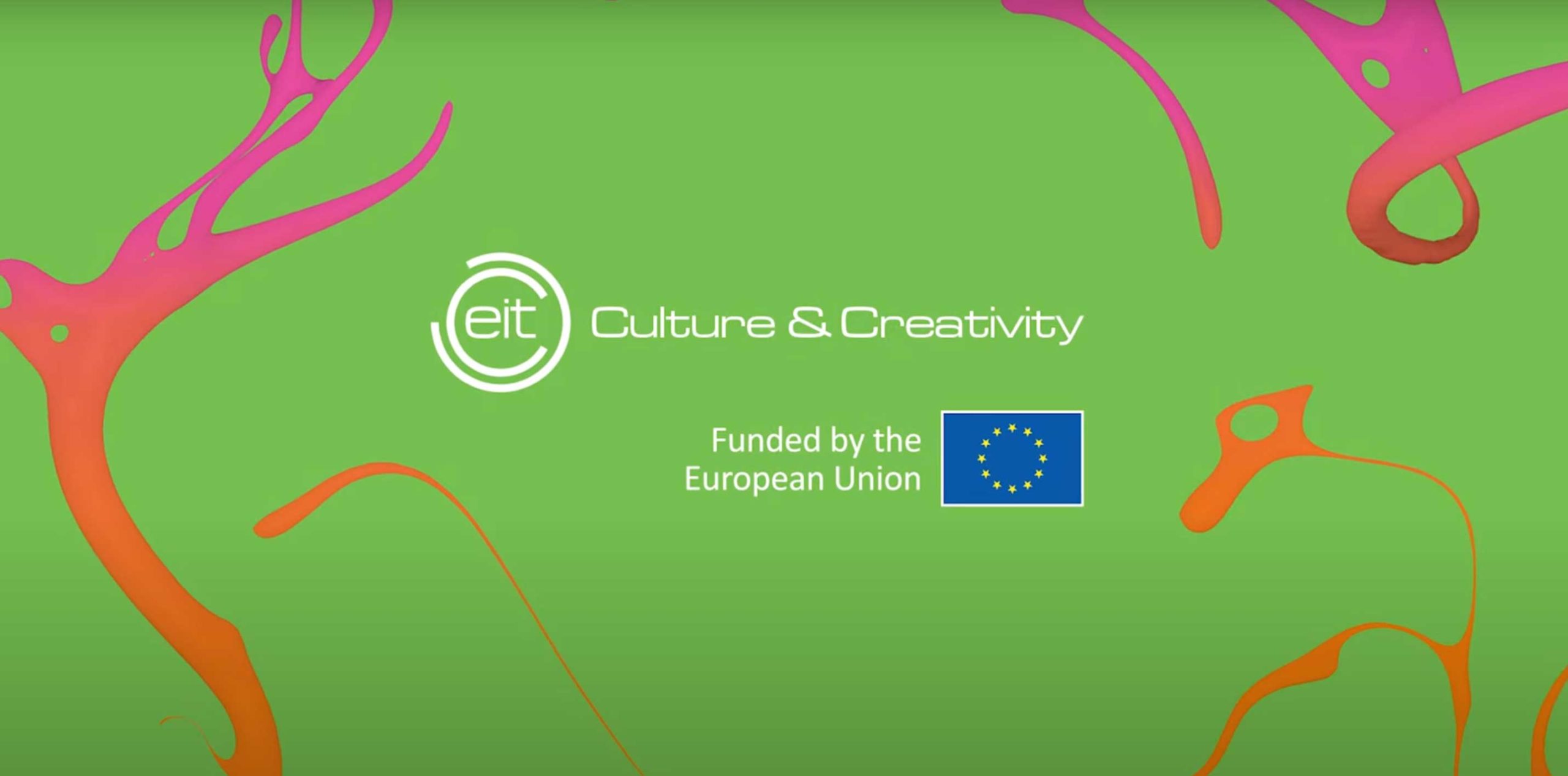The Challenge
DIVERSITY IS OUR DNA
Cultural & natural heritage | Archives & libraries | Books & press | Visual arts & photography | Performing arts, music, festivals | Audiovisual, multimedia, videogames | Radio & podcasting | Architecture | Fashion design | Advertising | Art crafts & fine arts | Design
An economic powerhouse
With over 7.6 million workers, the European Cultural and Creative Sectors and Industries (CCSI) are an economic powerhouse. The EU Commission has identified CCSI as one of 14 industrial ecosystems vital for its industrial strategy.
Cultural and Creative Sectors and Industries:
- Develop goods, services and activities originating in human creativity, past or present.
- Generate outputs based on cultural values or artistic creative expressions, individual or collective.
- Operate with business models that may be market-oriented or otherwise.
The Challenge
CCSI has traditionally faced competitiveness challenges related to the fragmentation and diversity of its subsectors, as well as the different nature of its value networks.
Today, all innovation, growth, and competitive challenges for the European CCSI are intertwined with Europe’s transition to climate neutrality. The European climate law demands a minimum 55% reduction of EU emissions by 2030.
1.
Skills gaps for future job markets
2.
Difficulties in reconciling sustainable and responsible growth in volatile global and tech markets
3.
Limited venture creation and growth
4.
Rising societal challenges and infrequent co-ordinated policy approaches
Fashion & Textiles
Transition from excessive consumerism to more sustainable production and consumption patterns.
Architecture & Cultural Heritage
Meet net-zero ambitions and pursue economic growth, while protecting heritage, and fostering social wellbeing and cohesion.
Audiovisual & Games
Positioning EU contents in global markets, while ensuring diversity and consumer protection as well as reducing the environmental footprint.

Play Video
